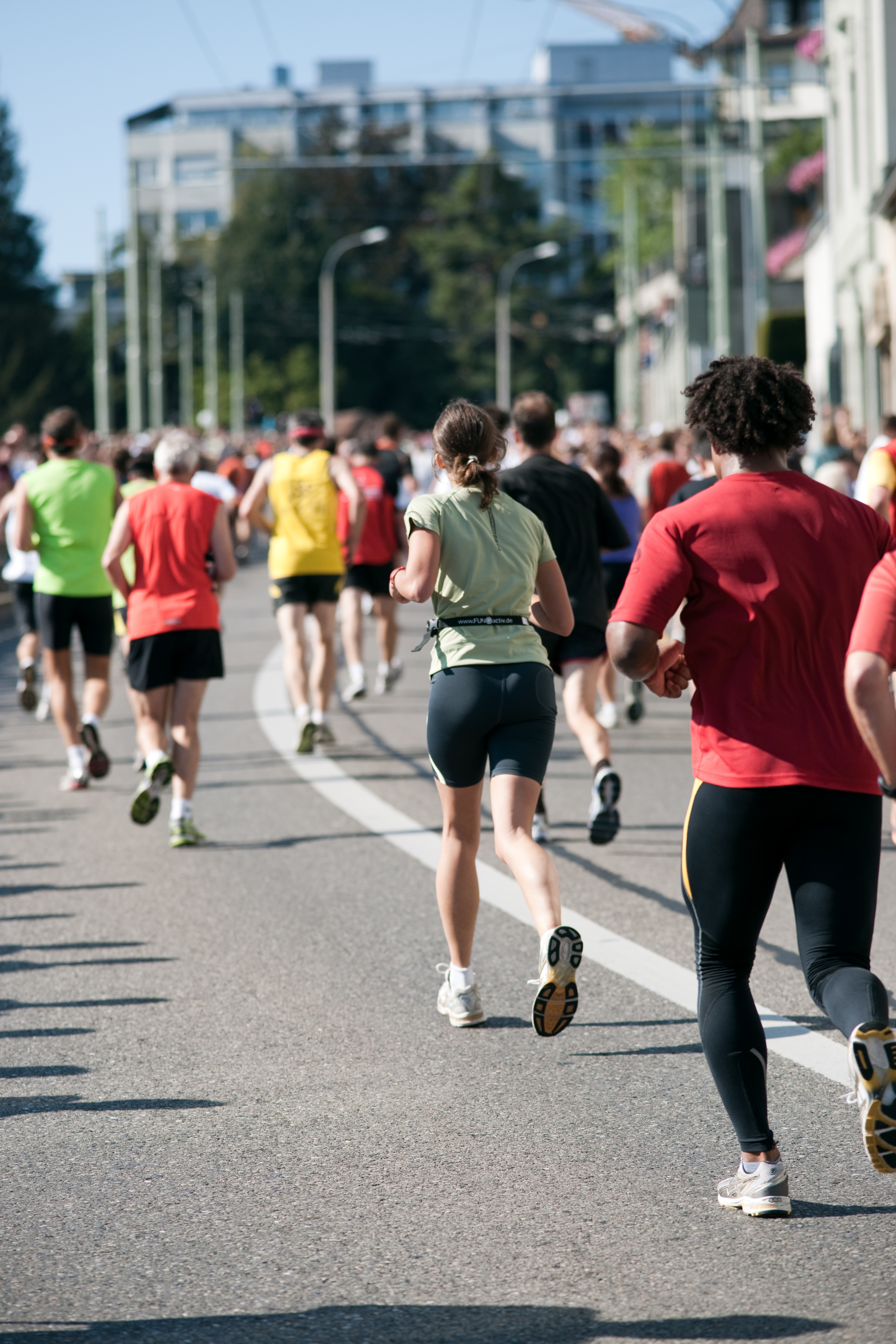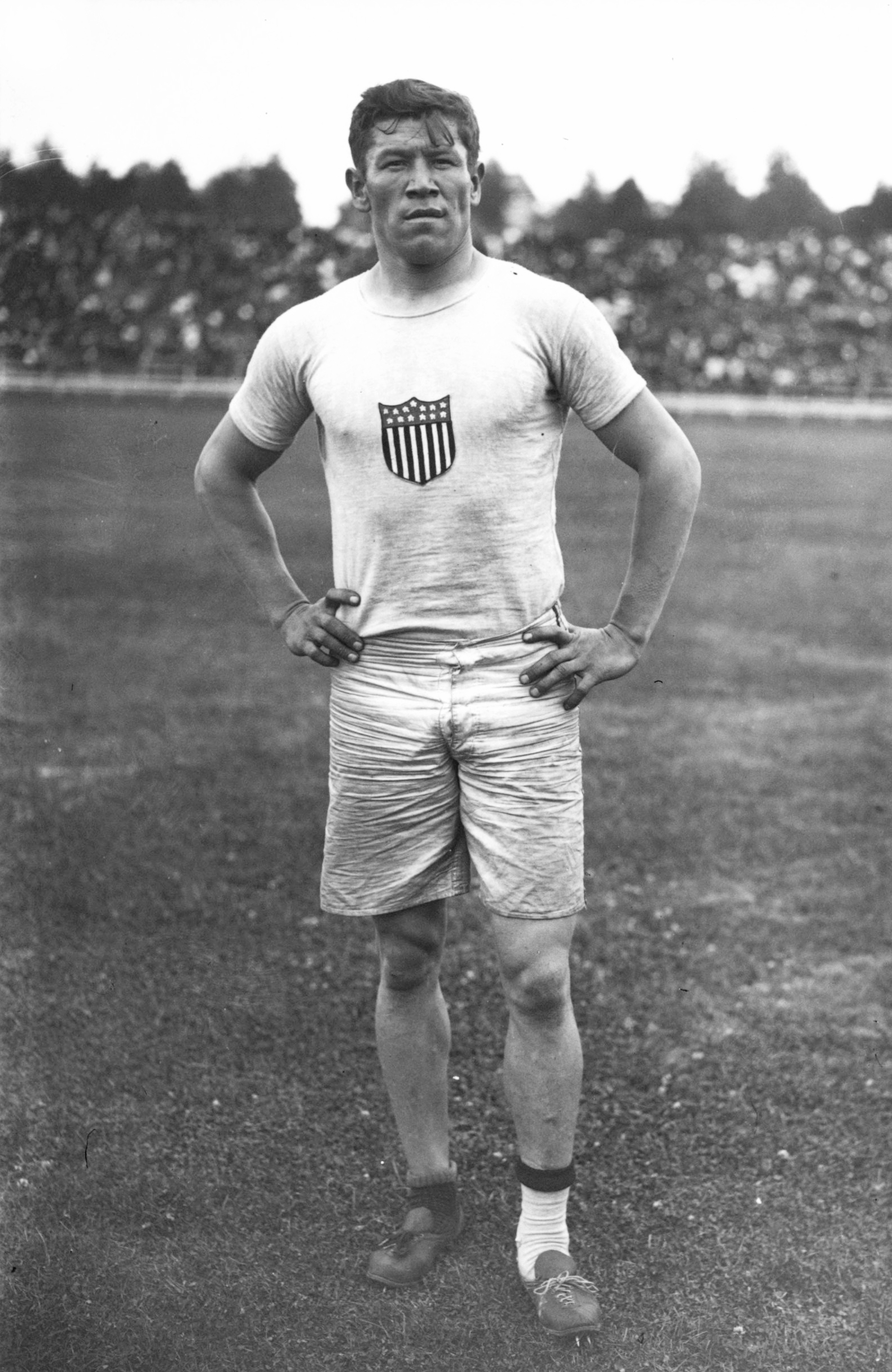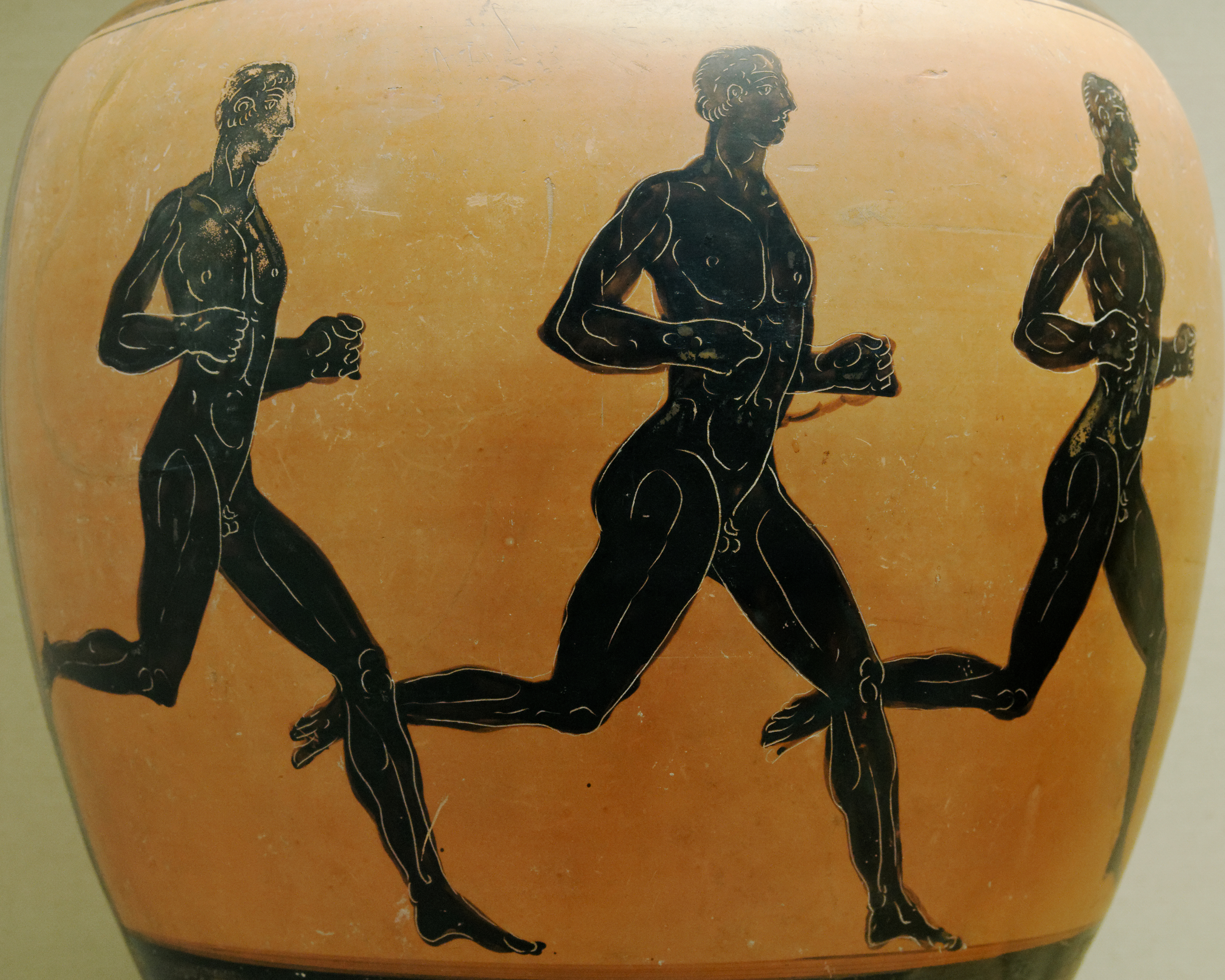|
Lauri Halonen
Lauri Halonen (24 March 1894 – 27 May 1961) was a Finnish long-distance runner. He competed in the marathon at the 1924 Summer Olympics The 1924 Summer Olympics (french: Jeux olympiques d'été de 1924), officially the Games of the VIII Olympiad (french: Jeux de la VIIIe olympiade) and also known as Paris 1924, were an international multi-sport event held in Paris, France. The op .... References External links * 1894 births 1961 deaths Sportspeople from Vaasa Sportspeople from Vaasa Province (Grand Duchy of Finland) Athletes (track and field) at the 1924 Summer Olympics Finnish male long-distance runners Finnish male marathon runners Olympic athletes for Finland {{Finland-athletics-bio-stub ... [...More Info...] [...Related Items...] OR: [Wikipedia] [Google] [Baidu] |
Vaasa
Vaasa (; sv, Vasa, , Sweden ), in the years 1855–1917 as Nikolainkaupunki ( sv, Nikolajstad; literally meaning "city of Nicholas),Vaasa oli ennen Nikolainkaupunki ja Aurinkolahti Mustalahti – paikannimiä ei kuitenkaan pidä muuttaa heppoisin perustein – '' Kaleva'' (in Finnish) is a city on the west coast of . It received its charter in 1606, during the reign of |
Grand Duchy Of Finland
The Grand Duchy of Finland ( fi, Suomen suuriruhtinaskunta; sv, Storfurstendömet Finland; russian: Великое княжество Финляндское, , all of which literally translate as Grand Principality of Finland) was the predecessor state of modern Finland. It existed between 1809 and 1917 as an autonomous part of the Russian Empire. Originating in the 16th century as a titular grand duchy held by the King of Sweden, the country became autonomous after its annexation by Russia in the Finnish War of 1808–1809. The Grand Duke of Finland was the Romanov Emperor of Russia, represented by the Governor-General. Due to the governmental structure of the Russian Empire and Finnish initiative, the Grand Duchy's autonomy expanded until the end of the 19th century. The Senate of Finland, founded in 1809, became the most important governmental organ and the precursor to the modern Government of Finland, the Supreme Court of Finland, and the Supreme Administrative Co ... [...More Info...] [...Related Items...] OR: [Wikipedia] [Google] [Baidu] |
Helsinki
Helsinki ( or ; ; sv, Helsingfors, ) is the Capital city, capital, primate city, primate, and List of cities and towns in Finland, most populous city of Finland. Located on the shore of the Gulf of Finland, it is the seat of the region of Uusimaa in southern Finland, and has a population of . The Helsinki urban area, city's urban area has a population of , making it by far the List of urban areas in Finland by population, most populous urban area in Finland as well as the country's most important center for politics, education, finance, culture, and research; while Tampere in the Pirkanmaa region, located to the north from Helsinki, is the second largest urban area in Finland. Helsinki is located north of Tallinn, Estonia, east of Stockholm, Sweden, and west of Saint Petersburg, Russia. It has History of Helsinki, close historical ties with these three cities. Together with the cities of Espoo, Vantaa, and Kauniainen (and surrounding commuter towns, including the eastern ... [...More Info...] [...Related Items...] OR: [Wikipedia] [Google] [Baidu] |
Long-distance Track Event
Long-distance running, or endurance running, is a form of continuous running over distances of at least . Physiologically, it is largely aerobic in nature and requires stamina as well as mental strength. Within endurance running comes two different types of respiration. The more prominent side that runners experience more frequently is aerobic respiration. This occurs when oxygen is present, and the body is able to utilize oxygen to help generate energy and muscle activity. On the other side, anaerobic respiration occurs when the body is deprived of oxygen, and this is common towards the final stretch of races when there is a drive to speed up to a greater intensity. Overall, both types of respiration are used by endurance runners quite often, but are very different from each other. Among mammal Mammals () are a group of vertebrate animals constituting the class (biology), class Mammalia (), characterized by the presence of mammary glands which in Female#Mamm ... [...More Info...] [...Related Items...] OR: [Wikipedia] [Google] [Baidu] |
Athletics At The 1924 Summer Olympics – Men's Marathon
The men's marathon event was part of the track and field athletics programme at the 1924 Summer Olympics. The marathon was held on Sunday, July 13, 1924. It was only the second Olympic marathon to use the distance of 42.195 km (26 miles, 385 yards) which was first used in 1908 and is now the standard marathon distance. Fifty-eight runners from 20 nations competed, with no more than 6 runners per nation. The event was won by Albin Stenroos of Finland, the nation's second consecutive Olympic marathon victory. Background This was the seventh appearance of the event, which is one of 12 athletics events to have been held at every Summer Olympics. The Finnish team included defending champion Hannes Kolehmainen as well as Albin Stenroos, who had won two medals in other events in 1912; Ville Kyrönen had been the winner in the Finnish Olympic trials, however. 1920 silver medalist Jüri Lossmann of Estonia also returned. Boughera El Ouafi of France, who would win gold in 1928, compet ... [...More Info...] [...Related Items...] OR: [Wikipedia] [Google] [Baidu] |
1924 Summer Olympics
The 1924 Summer Olympics (french: Jeux olympiques d'été de 1924), officially the Games of the VIII Olympiad (french: Jeux de la VIIIe olympiade) and also known as Paris 1924, were an international multi-sport event held in Paris, France. The opening ceremony was held on 5 July, but some competitions had already started on 4 May. The Games were the second to be hosted by Paris (after 1900), making it the first city to host the Olympics twice. The selection process for the 1924 Summer Olympics consisted of six bids, and Paris was selected ahead of Amsterdam, Barcelona, Los Angeles, Prague, and Rome. The selection was made at the 20th IOC Session in Lausanne in 1921. The cost of these Games was estimated to be 10,000,000 F. With total receipts at 5,496,610F, the Olympics resulted in a hefty loss despite crowds that reached up to 60,000 in number daily. The United States won the most gold and overall medals, having 229 athletes competing compared to France's 401. Highlights * The ... [...More Info...] [...Related Items...] OR: [Wikipedia] [Google] [Baidu] |
1894 Births
Events January–March * January 4 – A military alliance is established between the French Third Republic and the Russian Empire. * January 7 – William Kennedy Dickson receives a patent for motion picture film in the United States. * January 9 – New England Telephone and Telegraph installs the first battery-operated telephone switchboard, in Lexington, Massachusetts. * February 12 ** French anarchist Émile Henry sets off a bomb in a Paris café, killing one person and wounding twenty. ** The barque ''Elisabeth Rickmers'' of Bremerhaven is wrecked at Haurvig, Denmark, but all crew and passengers are saved. * February 15 ** In Korea, peasant unrest erupts in the Donghak Peasant Revolution, a massive revolt of followers of the Donghak movement. Both China and Japan send military forces, claiming to come to the ruling Joseon dynasty government's aid. ** At 04:51 GMT, French anarchist Martial Bourdin dies of an accidental detonation of his own ... [...More Info...] [...Related Items...] OR: [Wikipedia] [Google] [Baidu] |
1961 Deaths
Events January * January 3 ** United States President Dwight D. Eisenhower announces that the United States has severed diplomatic and consular relations with Cuba (Cuba–United States relations are restored in 2015). ** Aero Flight 311 (Koivulahti air disaster): Douglas DC-3C OH-LCC of Finnish airline Aero crashes near Kvevlax (Koivulahti), on approach to Vaasa Airport in Finland, killing all 25 on board, due to pilot error: an investigation finds that the captain and first officer were both exhausted for lack of sleep, and had consumed excessive amounts of alcohol at the time of the crash. It remains the deadliest air disaster to occur in the country. * January 5 ** Italian sculptor Alfredo Fioravanti marches into the U.S. Consulate in Rome, and confesses that he was part of the team that forged the Etruscan terracotta warriors in the Metropolitan Museum of Art. ** After the 1960 military coup, General Cemal Gürsel forms the new government of Turkey (25th government). * ... [...More Info...] [...Related Items...] OR: [Wikipedia] [Google] [Baidu] |
Sportspeople From Vaasa
An athlete (also sportsman or sportswoman) is a person who competes in one or more sports that involve physical strength, speed, or endurance. Athletes may be professionals or amateurs. Most professional athletes have particularly well-developed physiques obtained by extensive physical training and strict exercise accompanied by a strict dietary regimen. Definitions The word "athlete" is a romanization of the el, άθλητὴς, ''athlētēs'', one who participates in a contest; from ἄθλος, ''áthlos'' or ἄθλον, ''áthlon'', a contest or feat. The primary definition of "sportsman" according to Webster's ''Third Unabridged Dictionary'' (1960) is, "a person who is active in sports: as (a): one who engages in the sports of the field and especially in hunting or fishing." Physiology Athletes involved in isotonic exercises have an increased mean left ventricular end-diastolic volume and are less likely to be depressed. Due to their strenuous physical activities, ... [...More Info...] [...Related Items...] OR: [Wikipedia] [Google] [Baidu] |
Athletes (track And Field) At The 1924 Summer Olympics
An athlete (also sportsman or sportswoman) is a person who competes in one or more sports that involve physical strength, speed, or endurance. Athletes may be professionals or amateurs. Most professional athletes have particularly well-developed physiques obtained by extensive physical training and strict exercise accompanied by a strict dietary regimen. Definitions The word "athlete" is a romanization of the el, άθλητὴς, ''athlētēs'', one who participates in a contest; from ἄθλος, ''áthlos'' or ἄθλον, ''áthlon'', a contest or feat. The primary definition of "sportsman" according to Webster's ''Third Unabridged Dictionary'' (1960) is, "a person who is active in sports: as (a): one who engages in the sports of the field and especially in hunting or fishing." Physiology Athletes involved in isotonic exercises have an increased mean left ventricular end-diastolic volume and are less likely to be depressed. Due to their strenuous physical activities ... [...More Info...] [...Related Items...] OR: [Wikipedia] [Google] [Baidu] |
Finnish Male Long-distance Runners
Finnish may refer to: * Something or someone from, or related to Finland * Culture of Finland * Finnish people or Finns, the primary ethnic group in Finland * Finnish language, the national language of the Finnish people * Finnish cuisine See also * Finish (other) * Finland (other) * Suomi (other) Suomi means ''Finland'' in Finnish. It may also refer to: *Finnish language * Suomi (surname) * Suomi, Minnesota, an unincorporated community * Suomi College, in Hancock, Michigan, now referred to as Finlandia University * Suomi Island, Western ... * {{disambiguation Language and nationality disambiguation pages ... [...More Info...] [...Related Items...] OR: [Wikipedia] [Google] [Baidu] |






